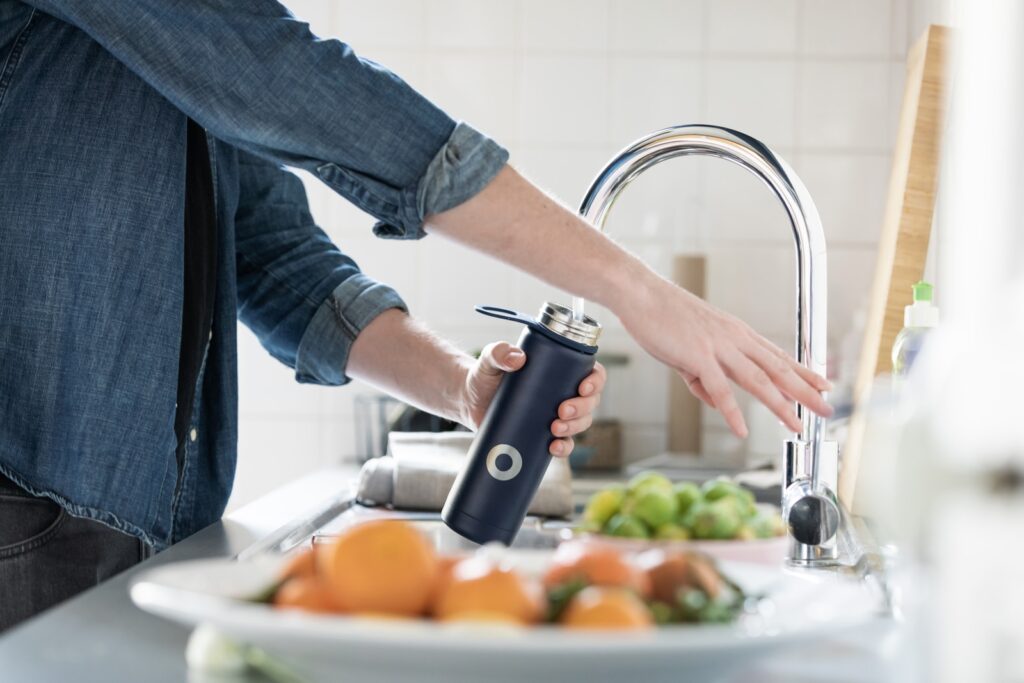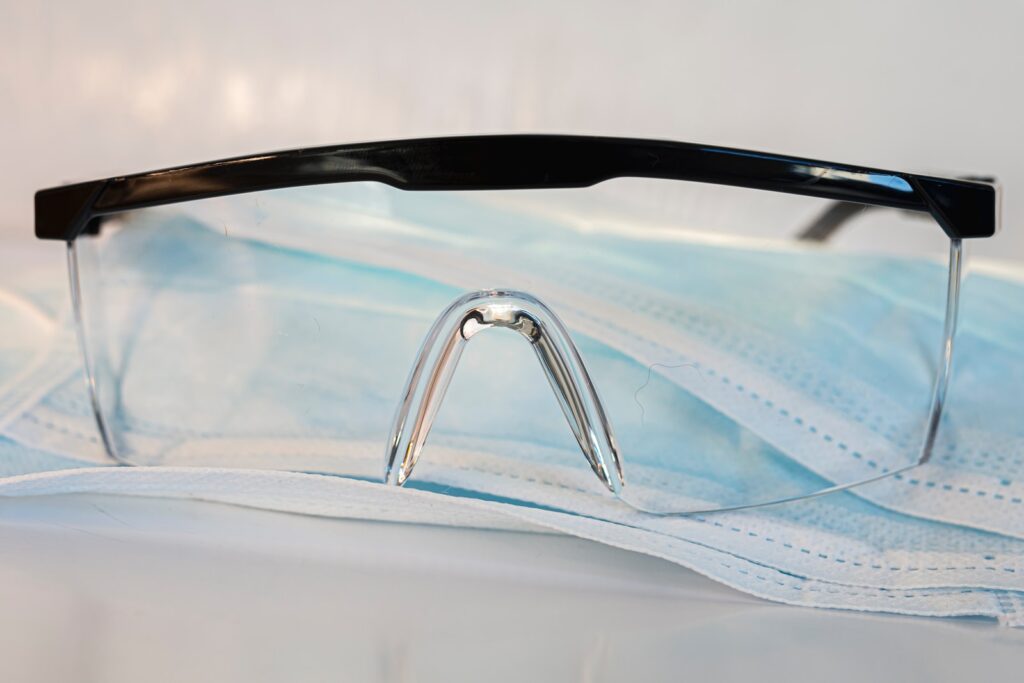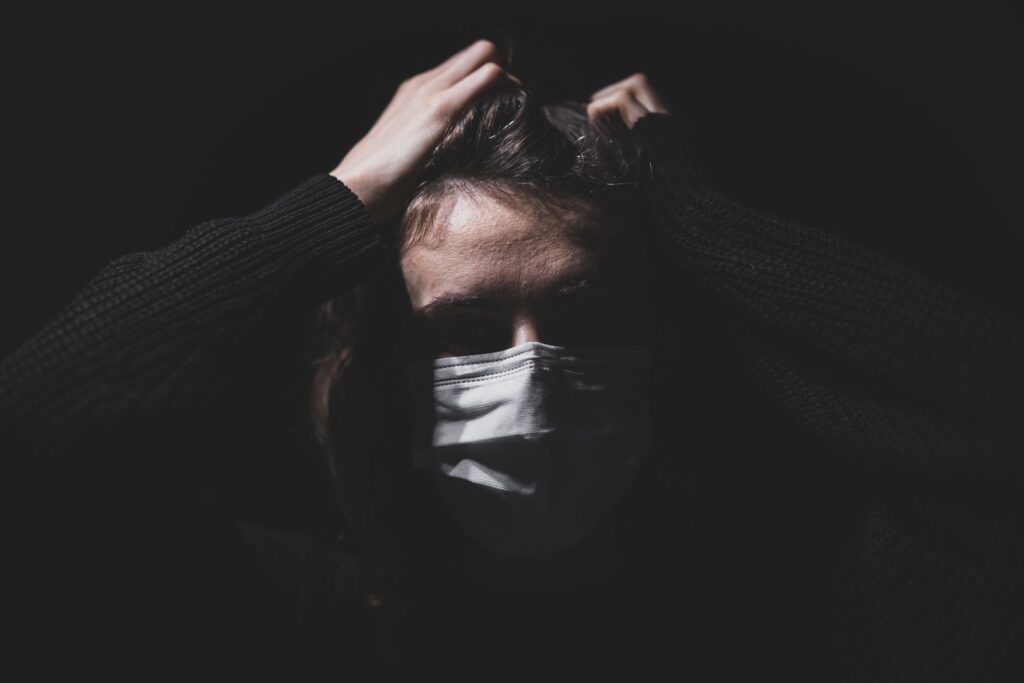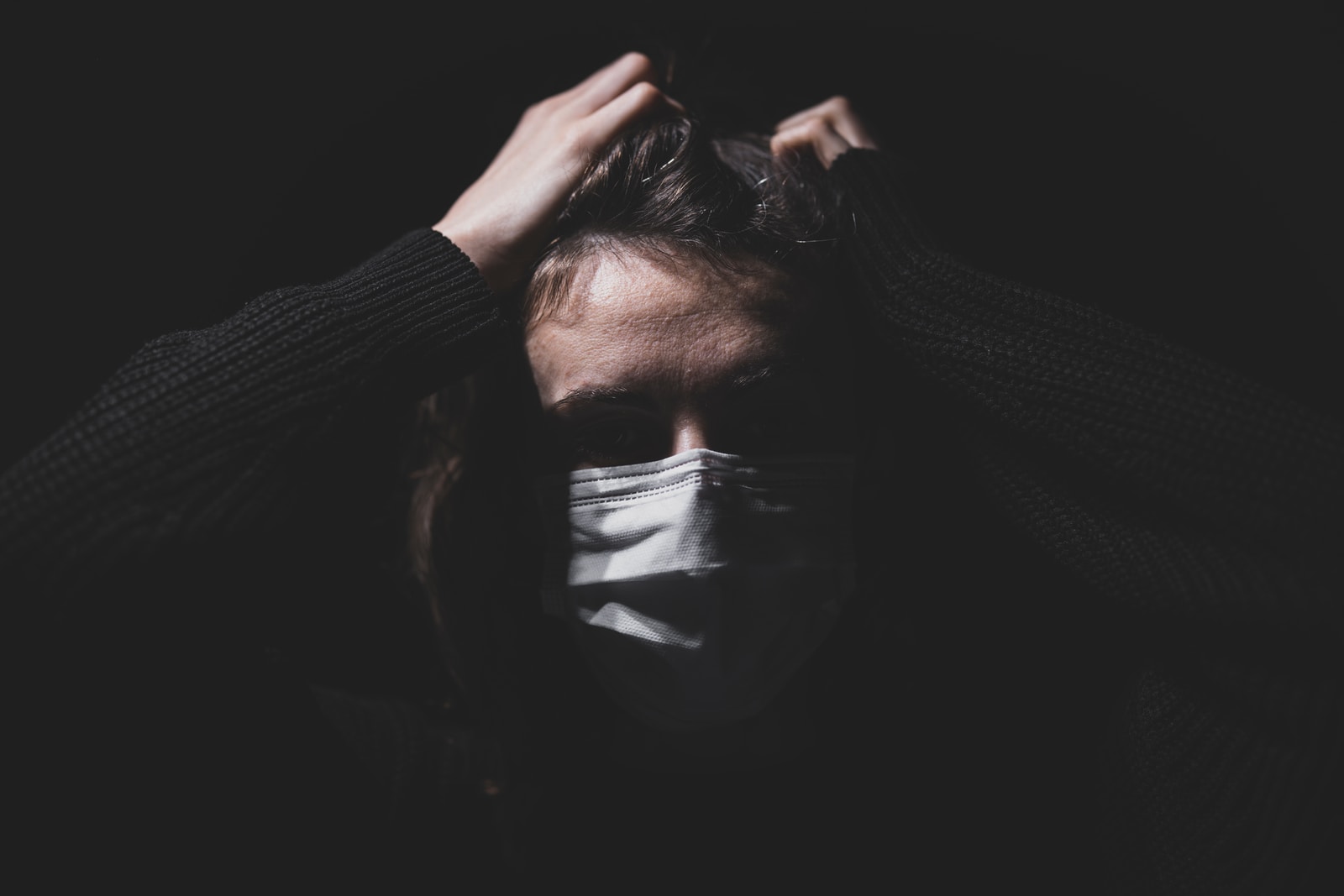COVID-19, by the time you are reading this article I am sure you have become quite familiar with this term over the past couple of months. “Are we completely safe from it now?” or “Have we taken the proper preventive measures?”, one would wonder.
Although this specific virus, or rather the disease, made the headlines in more than 200 countries worldwide for many months causing the whole global economy to cringe at its mercy, evidently there are a number of other diseases, both mild and serious, which are communicable.
Communicable diseases by definition, are harmful microorganisms such as bacteria, viruses, parasites or fungi that can be transmitted from a person (a host) to another person directly or indirectly, while some transmissions can occur through bites from insects as well as through ingestion of contaminated food or water.
What does any of this have to do with the experiential outdoor education industry? One would argue. “We are in the outdoors, we breath fresh air, we drink clean water, we eat good food, and we work out, so what could possibly go wrong?” Unfortunately, there are plenty of things that can go wrong irrespective of the environment or the nature of the activity. Simply due to our failure to identify, mitigate, or to avoid the potential ways and means of such transmission in advance.
And it is both, the instructors (service providers) and the participants, responsibility to ensure that the risk of communicable disease transmission is mitigated or if at all, avoided entirely.
As an instructor or a participant, mentioned below are a set of simple steps to do our part for the prevention of communicable diseases
Participant’s medical form
Instructors this is your first line of defense!
By obtaining the duly filled individual participant medical forms prior to the date of the program, allows you the time required to evaluate each individual and to ensure that all are in a healthy status both physically as well as mentally.
As a participant, if you are currently displaying signs or symptoms of an illness, which falls under the category of “communicable diseases” it is your ethical duty to avoid participating in this session and to join on a later date once you are fully recovered (I’m sure your employer won’t fire you).
Personal water bottle & eating utensils
Instructors, kindly request all participants to carry their own personal reusable water bottle and eating utensils which will ensure that you are actively restraining the chances of communicable disease transmission while at the same time making a positive impact towards mother nature by limiting those single-use water bottles, cups, etc..
Dear participants, although teamwork is one of the core objectives of many experiential outdoor educational programs most often than not, be mindful about sharing your personal water bottle and cutlery with your teammates as this act can jeopardize the efforts of mitigating the transmission of communicable diseases. And it is your responsibility to be properly equipped with the essentials.
Personal towel & toiletries
As a service provider, it would a good idea to ensure the individual supply of face towels and toiletries unless the participants are expected to bring such essentials themselves.
Although it is not a common occurrence nor a pleasant gesture, sharing a face towel, toothbrush, etc. among two or more participants, is not unheard of, which can facilitate the spread of communicable diseases easily.

Participants, kindly ensure that you pack your own personal towel, toiletries, etc. as this action itself speaks volumes with regards to the prevention of communicable diseases. It may not be you who is spreading the disease, but don’t be fooled. You may very well be the person who will receive it from another.
Refilling of a personal water bottle
It is the duty of the instructors to provide purified drinking water and also to demonstrate the safe and hygienic way to refill a personal water bottle without contaminating the water source or the device which can be easily overlooked and rarely addressed.
Installation of signs near any drinking equipment, advising against touching the tap with their mouth or the mouth of their personal water bottle while providing adequate sanitation facilities for the users of such facilities is the way forward.
Participants, first and foremost, wash your personal water bottle regularly. The idea here is that neither the water bottle nor you should get in direct contact with the mouth of the tap or the nozzle through which the water is poured out. The water bottle should be held below the tap or nozzle instead of being inside the bottle
Washing hands regularly & hand sanitizer
The norm is that you need to wash your hands thoroughly before you consume food. Research studies show that an average human being touches their face anywhere between 15 – 30 times during an hour. Taking that into consideration the idea here is to keep your hands free of any communicable diseases at any given time.

As an instructor or a service provider, the responsibility lies upon you to ensure that you allocate sufficient time during your sessions, where the participants are able to wash their hands thoroughly, and the easy access to such facilities.
It is the duty of the participants to ensure that you wash your hands well with soap and running water thoroughly and to carry your own personal hand sanitizer with you as a secondary plan i:e; to be used in case of a logistical difficulty with inaccessibility to soap and running water.
Being smart about food preparation & consumption
In layman terms, stomach bugs! We’ve all had them, and we never want them!
This is a situation which, just like most of the other elements, requires both the service providers’ as well as the participants’ keen attention and participation.
As for the instructors and service providers, in order to avoid food contamination by any means, it is crucial that you closely supervise the entire process of food preparation, from the grocery shop or the supermarket purchasing stage all the way down to that lovely BBQ dinner followed by the program finale debrief session.
(Image source – Corporate Skirts)
Participants, wash your hands thoroughly before you do anything else. This is the least you can do among many other things. In the event of a “cook your own meal situation,” you need to be mindful about the cleanliness of the surrounding, the kitchen items used followed by the food itself. Also having your own personal cutlery kit will promote the mitigation of potential communicable disease transmission among your colleagues.
Shared activity gear

“Eww…This stinks!”
Most often than not, a common statement was made by many participants with regards to the shared activity gear such as helmets, masks, blindfolds, gloves, etc, provided by the service provider.
Instructors, kindly ensure that such shared activity gear provided for the participants are thoroughly washed or rather disinfected after each use since most of these gear are directly worn by the participants and have a high risk of harvesting communicable disease pathogens during its direct usage.
For an instance, the blindfolds, will come in direct contact with its user’s sweat, breath as well as spit in most cases and can be easily transmitted to the second user in line accordingly.
Participants, we all breathe and sweat! it is your duty to ensure that you check with your instructor about the cleanliness of the shared activity gear prior to use.
Insect repellent / bug spray

As we all are aware of insects such as mosquitoes, lice, fleas, bed bugs & ticks, are able to transmit a number of diseases caused by infectious agents: viruses such as dengue fever, yellow fever, chikungunya fever, sleeping sickness, etc.
However, when we are stepping into the outdoors, we are unable to chase them away. So our best options are defensive measures such as the use of insect repellents or bug sprays which are far more effective than the mosquito patches which are available in the market nowadays (plus they fall off easily from your clothes and pollute the environment).
While the instructors can ensure to remind the participants to be equipped with their own insect repellent or the bug spray it is recommended that you ensure to provide ample time prior to the activity to apply the same under close supervision for effectiveness.
Participants, it is important that you prevent the chances of receiving insect bites while in the outdoors. Hence kindly ensure that you are well equipped accordingly and that you are not allergic to such products. If in doubt kindly seek medical direction prior to the use.
PPE for First aid administration

PPE (Personal protective equipment), by definition, refers to the equipment which is worn or used by an individual to enhance the level of protection from any potential risk or hazard he/she may be exposed to. The PPE used during first aid administration is also known as universal precautionary measurements which interprets the use of (but not limited to) a facemask or a pair of gloves when treating a sick or injured person.
Note that the intensity of the PPE used will escalate depending on the situation at hand.
During experiential outdoor educational sessions, the participants, as well as the instructors, are exposed to a certain degree of calculated risks or hazards.
Hence it is important to be equipped and trained with proper first aid skills and follow safety procedures when attending to an injured participant, in order to prevent the spread of communicable diseases.
Preventive measures such as;
- Use of a pair of surgical gloves when dressing a wound
- Use of a face shield or a CPR pocket mask in the event of conducting CPR on a participant
- Sterilizing a thermometer upon every single usage, ensuring the proper disposal of used gloves
- Tissues used for the control of nosebleeds and the used band-aids
These are a responsibility that lies upon both the instructors as well as the participants equally.
“AaattchOoosS!”

Yes, you just sneezed.
How, to what, or to whom did you sneeze?
Instructors and participants,
Instead of a full-on wide-angle spray of your saliva droplets traveling at a minimum of 100mph, the use of a tissue, handkerchief, or the inside of your own elbow for containment of a sneeze is recommended. I’m sure everyone will be pleased.
In the event of a tissue being used kindly be responsible for disposing of it in a proper safe manner ensuring zero cross-contamination.
The list can go on for days. The most important thing is that we identify, mitigate or avoid the potential of communicable disease transmission at its grassroots level. And in order to achieve success, the effort of all parties concerned is crucial.
A teamwork activity on its own huh?
15/04/2020
Thinuwan G. Nanayakkara
Outdoor Instructor | Leave No Trace Trainer | Emergency Medical Responder
Leave No Trace (LNT) provide an easily understood framework of minimum impact practices for anyone visiting the outdoors
COVID-19, by the time you are reading this article I am sure you have become quite familiar with this term over the …




